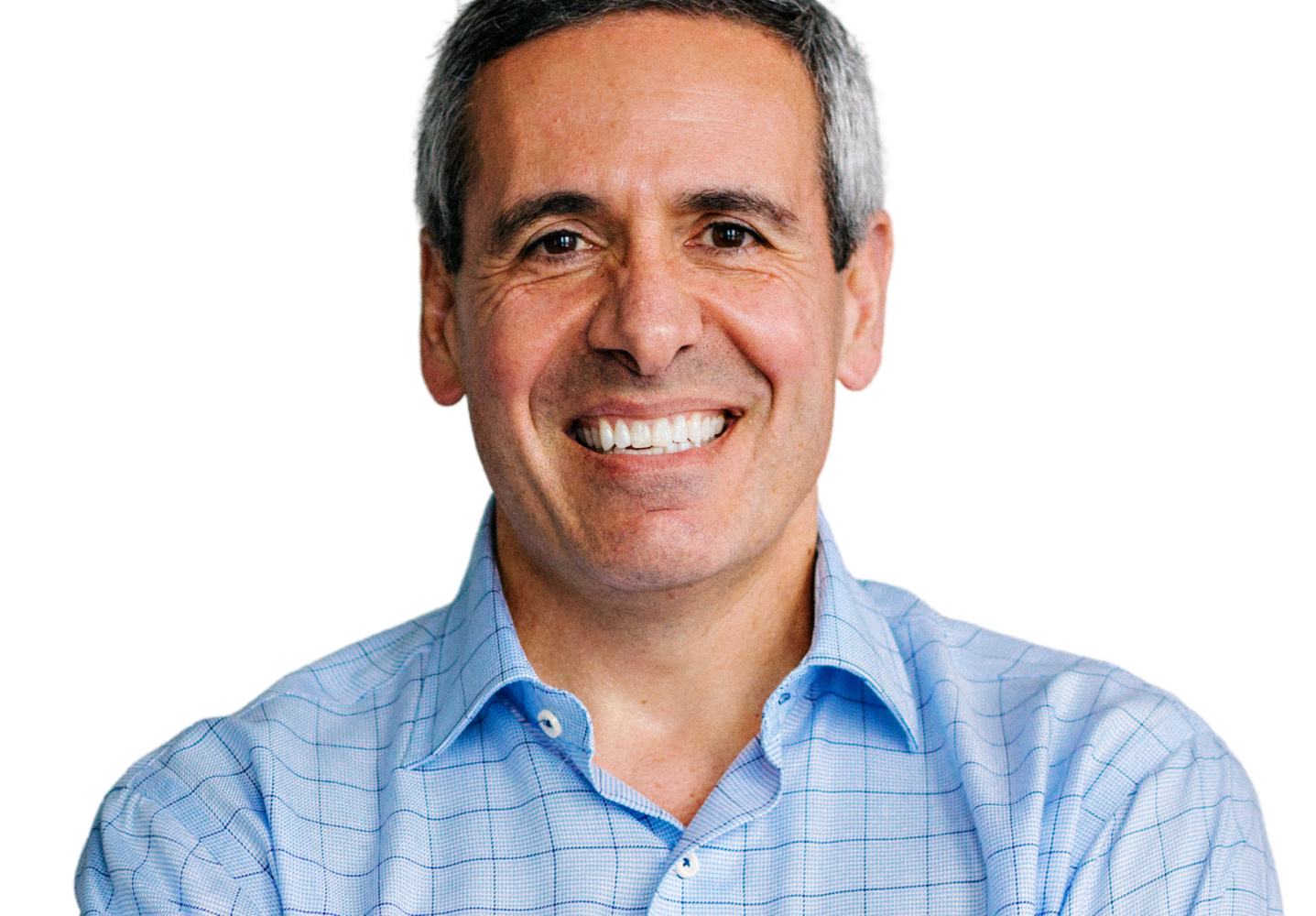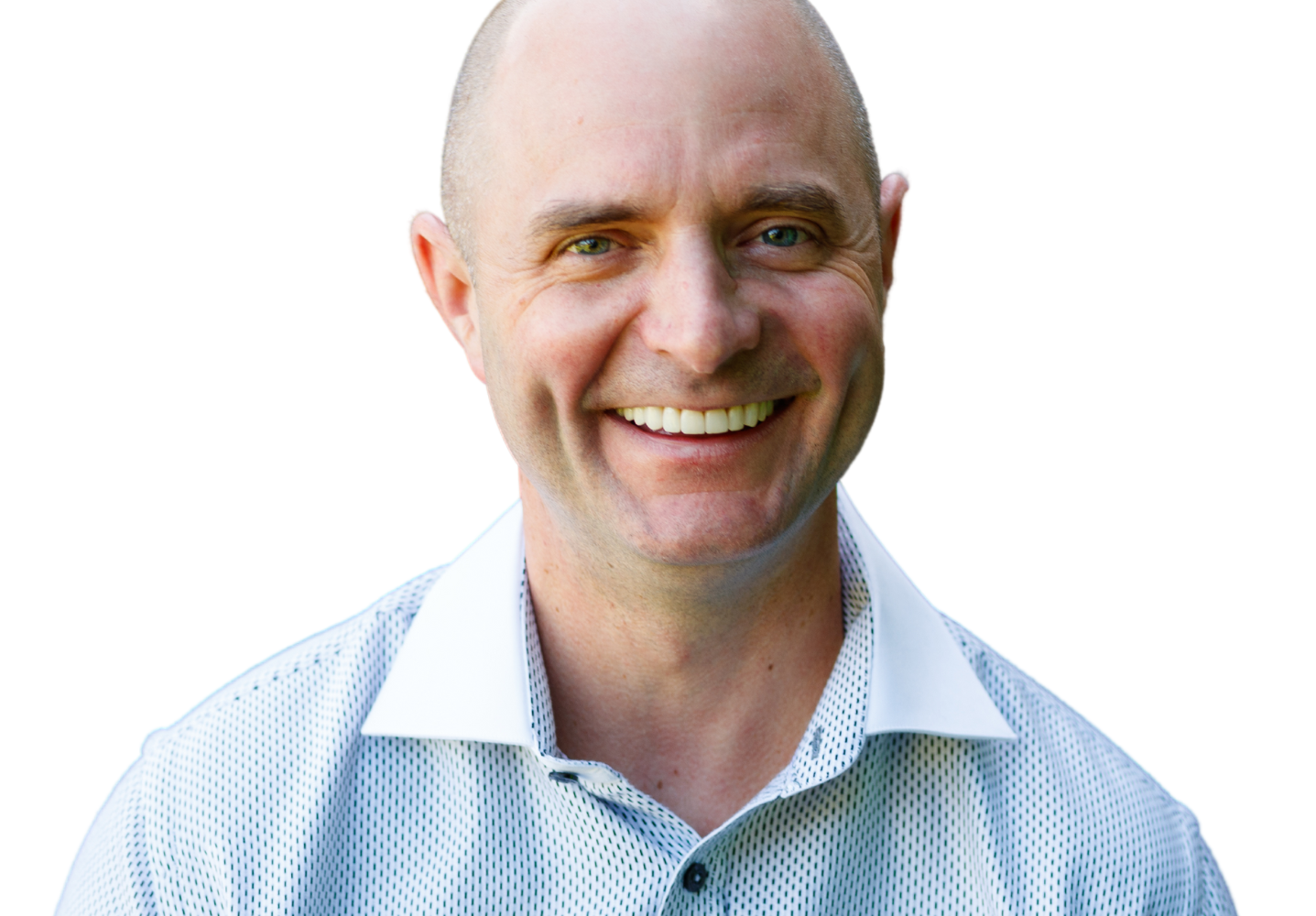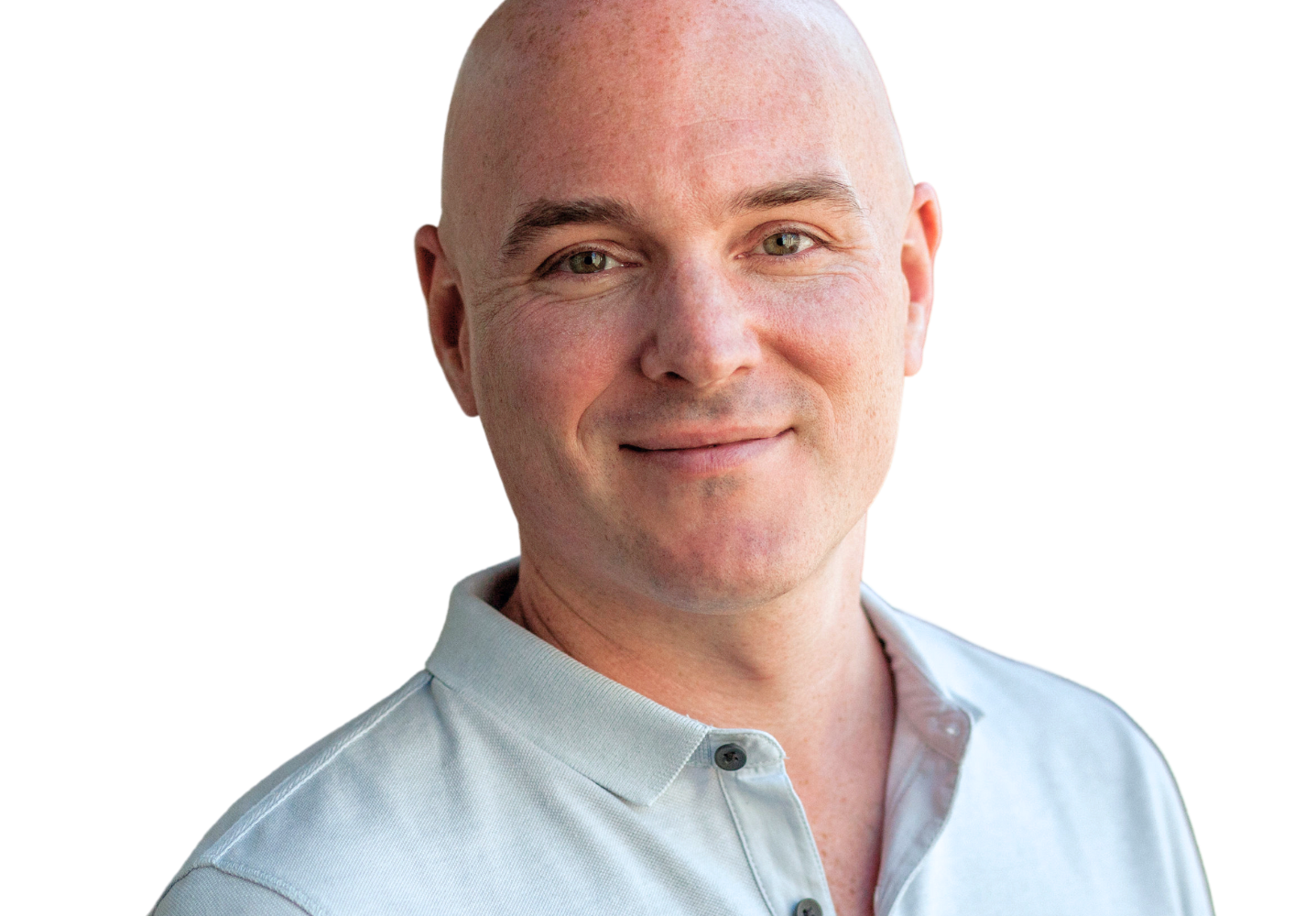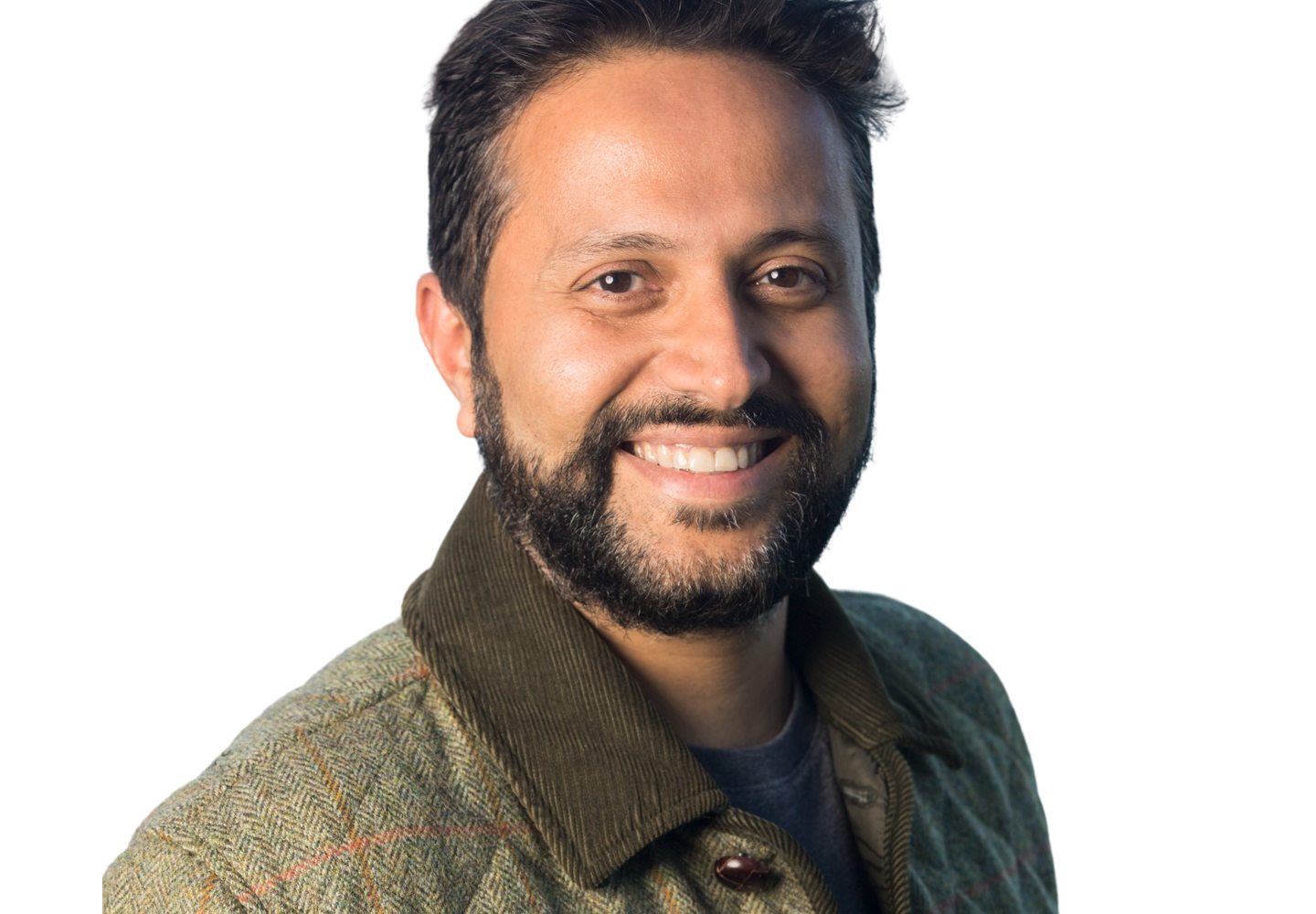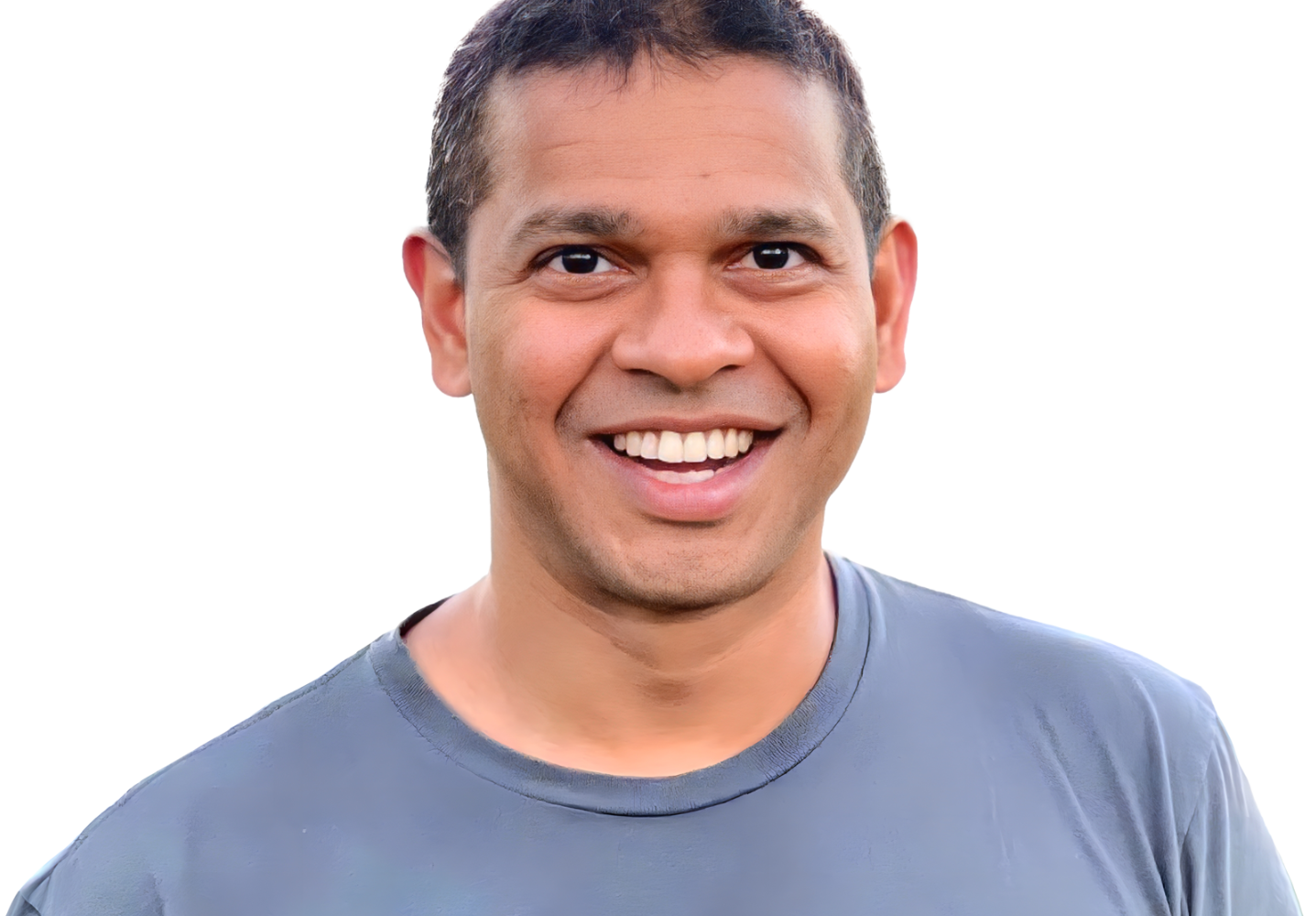What was the pain point that inspired the creation of RelationalAI, and why are you the right person to tackle that now?
The inspiration for RelationalAI came from having spent most of the last 30 years of my life helping build intelligent applications, which is also a theme of Madrona. Historically, these intelligent applications have been valuable but hard to build, so whole companies sometimes needed to be created to build a single application for an industry — for example, credit card fraud detection, supply chain optimization, revenue management, merchandise planning, or wireless network optimization. Those are all examples of applications I helped build over the years that required a combination of technologies, including technologies that today we would classify as AI or machine learning. There’s been a huge trend toward building more and more of these types of applications, and there just isn’t infrastructure that makes it easy. That is where RelationalAI comes in. We believe that a combination of data clouds, like Snowflake, our relational knowledge graph, and language models provide the needed infrastructure. For 30 years, I had to build intelligent applications without data clouds, large language models, and knowledge graphs, and we think these three things come together to make it much easier to build intelligent applications.
What is it like to work with Madrona?
I moved to Silicon Valley as we were starting RelationalAI, wanting to connect with the venture community. And there, I connected with a variety of people, including Bob Muglia, who spent quite a bit of time at Microsoft earlier in his career and had just wrapped up being CEO at Snowflake from 2014 to 2019. Bob understood what we were trying to do at RelationalAI and was excited and supportive. When it came time to think about us raising venture capital, Bob was effusive about Madrona and Soma. The round Madrona led was actually very oversubscribed. We had a lot of interest from many Silicon Valley and New York VCs, and frankly, I only knew a little about Madrona going into it. But from the moment Bob introduced me to Soma, he was there helping us, introducing us to potential customers and partners without any conditions. And it wasn’t even just Soma. The Madrona team really is a team — they all look out for all portfolio companies. It just became clear to us that Madrona was the right firm to lead our Series A round, and it’s been fantastic.
From the moment Bob introduced me to Soma, he was there helping us, introducing us to potential customers and partners without any conditions. … The Madrona team really is a team — they all look out for all portfolio companies.
Tell us about a Madrona moment.
Soma is well-liked and respected in the Seattle community — where two of the world’s most important tech companies are based. There is a lot of access there. We shouldn’t always think that all the action is happening in the valley. We recognized that having a Seattle presence was very important. One specific example — we did our Series A in August of 2021 and were not thinking of the Series B immediately, though we recognized the economy was getting tougher. Soma actually introduced me to who became the Series B lead investor — Tiger Global. We went from the first conversation to closing the Series B in four or five weeks — basically because Tiger Global had a lot of confidence in Soma and Bob. Madrona has a great track record, so people take them seriously. Their connections led to funding, attracting talented colleagues, strengthening our team, and prospective customers. That is the lifeblood of a company — you have to have capital and talent to create something that solves hard problems for customers.
What have you learned about yourself during this process?
Although this is not my first rodeo, I am always learning something about myself and about what it takes to build a successful technology company. I founded two other successful companies and have been part of two companies that went public. Each one of those experiences taught me something that helped me contribute more effectively to the next venture. Company building is definitely a team sport, and this time around, I learned the value of being in an environment like the Bay Area with access to the amazing talent and expertise you can only find here. In hindsight, I wish I had moved out West earlier so I could partner and benefit from the experience of folks like Bob and Soma. Their support has given me the confidence and tools to make our ideas and vision a reality.
What is the most important lesson you’ve learned during your startup journey?
I think it’s the importance of execution and understanding how much effort it takes to go from a good idea to actually building a successful company. There are a lot of good ideas out there that never have an impact. You have to execute well on building three things: a product, a company, and a category for that product. You need to ensure that the company can build the product and execute on go-to-market strategy that lets you establish and lead the category. It’s not enough to focus on just one of these things – you have to do all three.










